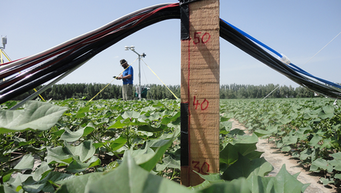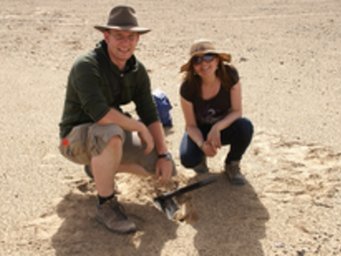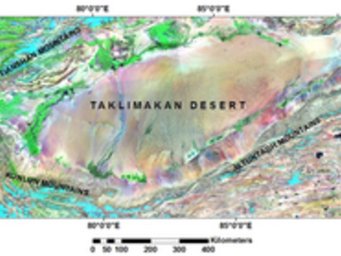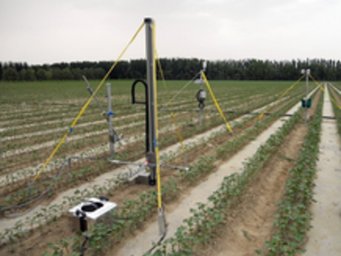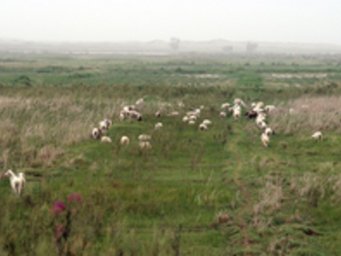On the trail of a trace gas
Max Planck researcher Buhalqem Mamtimin determines how much nitrogen oxide is released into the atmosphere from agriculturally used oases.
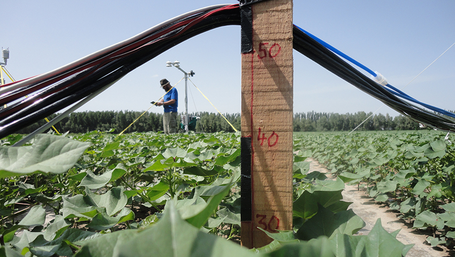
The gas is primarily produced during the combustion of fossil fuels such as oil, coal or gas; however, it also forms indirectly via microbial processes in the ground, as micro organisms form nitric oxide (NO). In the air, NO reacts with ozone within minutes to form NO2. However, as the activity of microorganisms is strongly influenced by factors such as irrigation, fertilization and temperature, NO levels that are released from the ground can change within days.
To date there is little accurate information available about how much NO is emitted from specific soils and what influence usage has on this.
Buhalqem Mamtimin from the Max Planck Institute for Chemistry wants to change this. Since 2008, together with her colleagues, the researcher has been investigating the issue of how much NO is e.g. released from intensively farmed soils, and the percentage of NO2 in the troposphere as a result of this.
This sounds easy in theory, however, has proved rather complex in practice. Worldwide there are only few farming areas which are far away from other NO sources such as industrial cities, power plants and traffic. Only in such regions one can accurately determine the level of agricultural NO emissions.
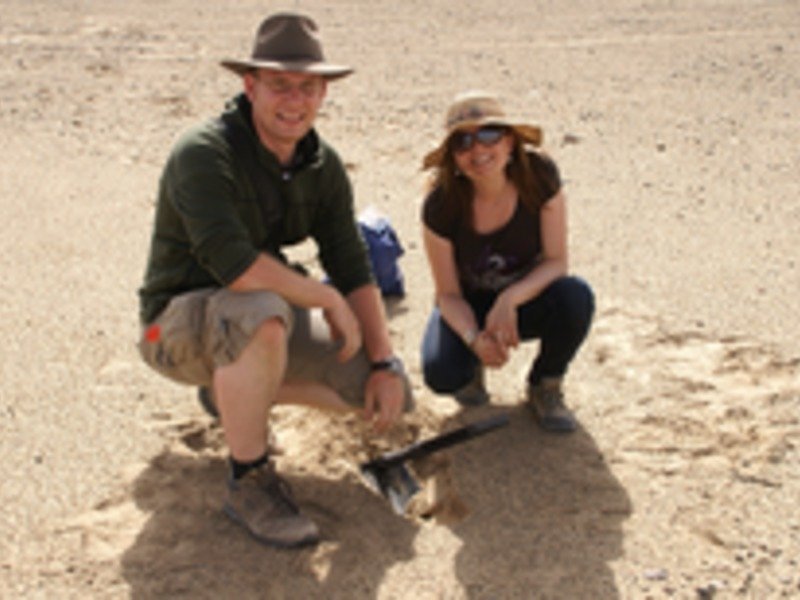
The researchers found such a region in the Taklamakan Desert, in the north-west of China. The desert is located in the Uighur region Xinjiang, with Urumqi as the capital, and also happens to be the native country of Buhalqem Mamtimin. The Taklamakan Desert is bordered in the South and the North by the former Silk Road; since the 1950s huge agricultural oases have been operated here.
The researchers decided on the extremely remote Milan Oasis, where, on an area of about 100 square kilometers, cotton wool and jujube is grown, a stone fruit which is also known as the Chinese date. Both plant species love high temperatures and thrive well in the arid desert ground, if they receive good fertilization and irrigation.
The danger of measuring NO from anthropogenic sources at the same time could be discounted by the researchers, as the “Milan” is surrounded by desert and mountains and the next oasis is many kilometers away. Additionally, the electric energy is only generated from hydro-power, and mainly electric vehicles are used.
To achieve the most accurate statements about the NO emissions, the researchers traveled a total of three times to the Milan Oasis and applied different, independent procedures. For one, they took soil samples from different areas in the oasis. They brought these to the Mainz laboratory and examined how much NO is emitted from an exactly defined soil quantity into the air.
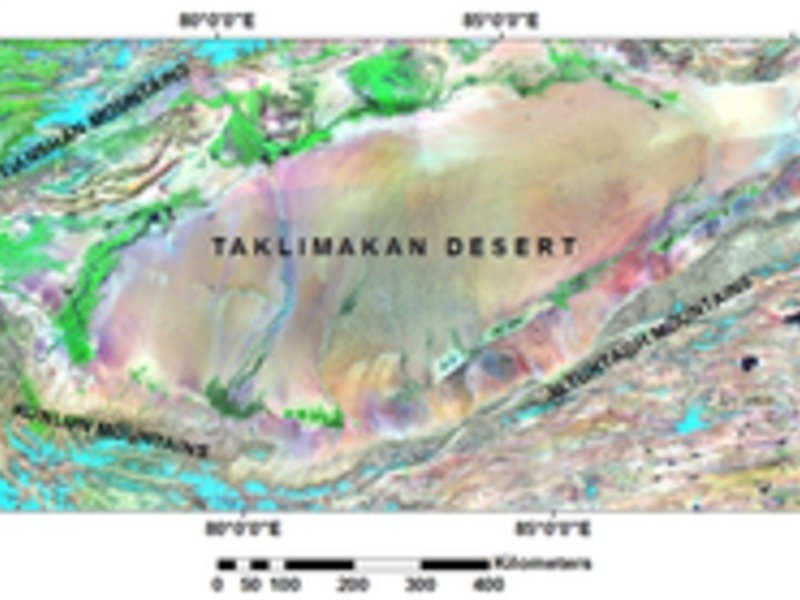
During the following visits, Mamtimin and her colleagues also performed two types of measurements on-site: For this, they used spectrometers at defined points in the oasis. The analysis is based on the fact that NO2, just like all molecules, has an individual absorption spectrum of light, with which one can determine the NO2 concentrations from the atmospheric measuring spectra.
They also measured the NO emissions from the soil directly: Ambient air was constantly pumped through small measuring chambers on the ground and the difference in concentration between the input and output air was measured.
The scientists checked the values measured on-site and in the laboratory by means of NO dispersion values, which they had computed using three-dimensional models. Satellite images were helpful for determining what type of crop was being cultivated at which location in the oasis and how large the relevant fields were.
From all parameters, the researchers e.g. determined how much NOx is being emitted from the cotton fields. And these figures are astounding: Per second, one square meter emits between 10 and 30 nanogram of NO. Compared to a typical European wheat field, this amount is five to ten times higher.
Mamtimin is not surprised about these high amounts, as the oases are intensively fertilized with up to 600 kilogram of nitrogen per year and hectare, and well irrigated. The high temperatures in the desert region also ensure that the microorganisms in the soil are particularly active and emit a lot of NO, which enters the air from the ground.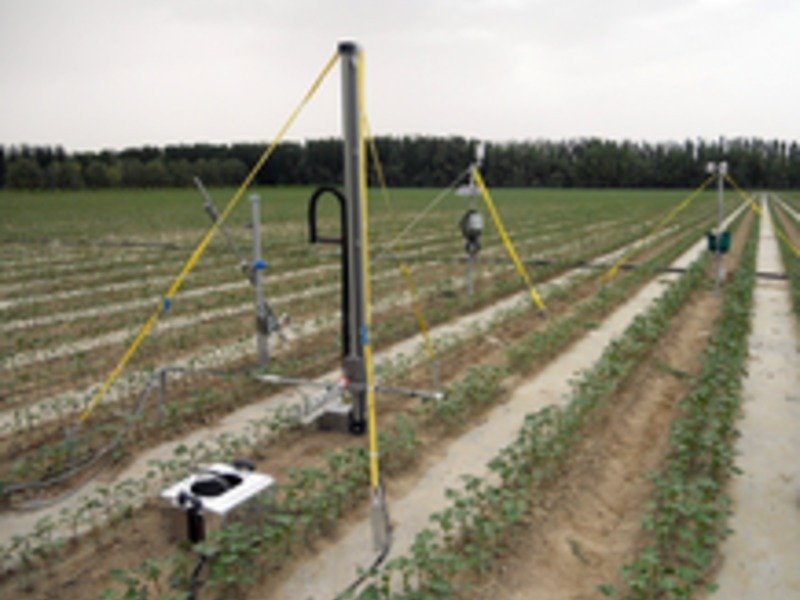
As cotton wool production in and around the Taklamakan Desert accounts for approximately 80 percent of the Chinese total production, Mamtimin and her colleagues concluded that the agricultural NO emissions are comparable with emissions from traffic and industry in the region, and even exceed these. This is an important finding for the determination of the regional air quality, as experts assume that China will significantly increase its agricultural production in the coming years, and therefore even more biogenic NO in the atmosphere is to be expected.
In future studies, Mamtimin and her colleagues will focus on other arid regions for their nitrogen oxide analyses, with both biogenic and strong anthropogenic emission sources. The researcher is currently planning measurements in Kazakhstan and Uzbekistan - both countries in which land use is similar to that in the Taklamakan Desert and in which the metropolises already have high levels of air pollution.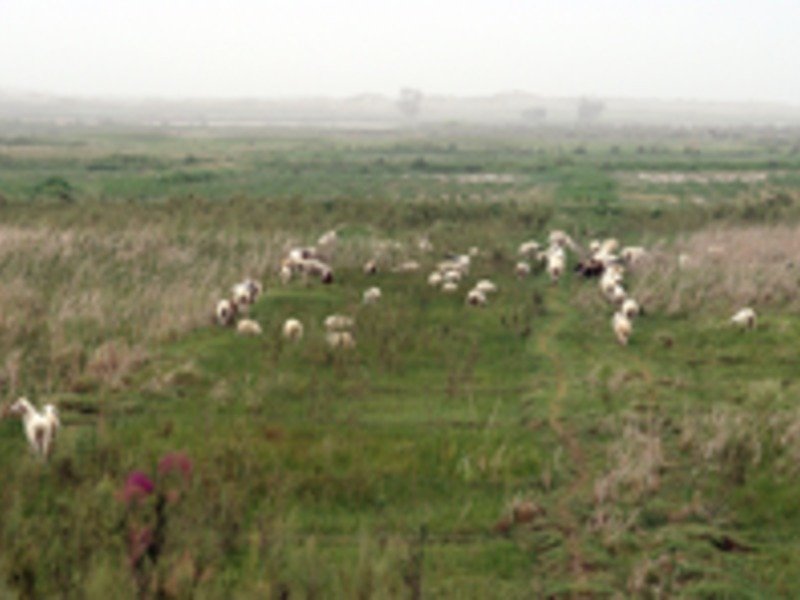
The studies by Mamtimin and her colleagues were funded by both the German Research Association (DFG MA 4798/1-1) and the Max Planck Society.
